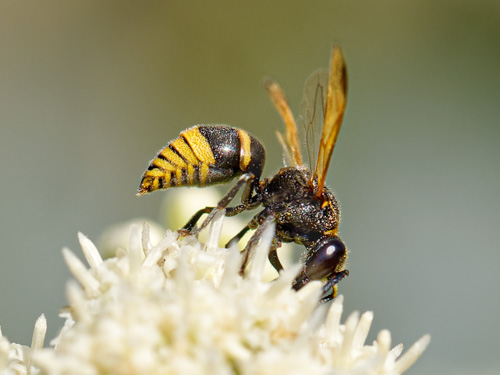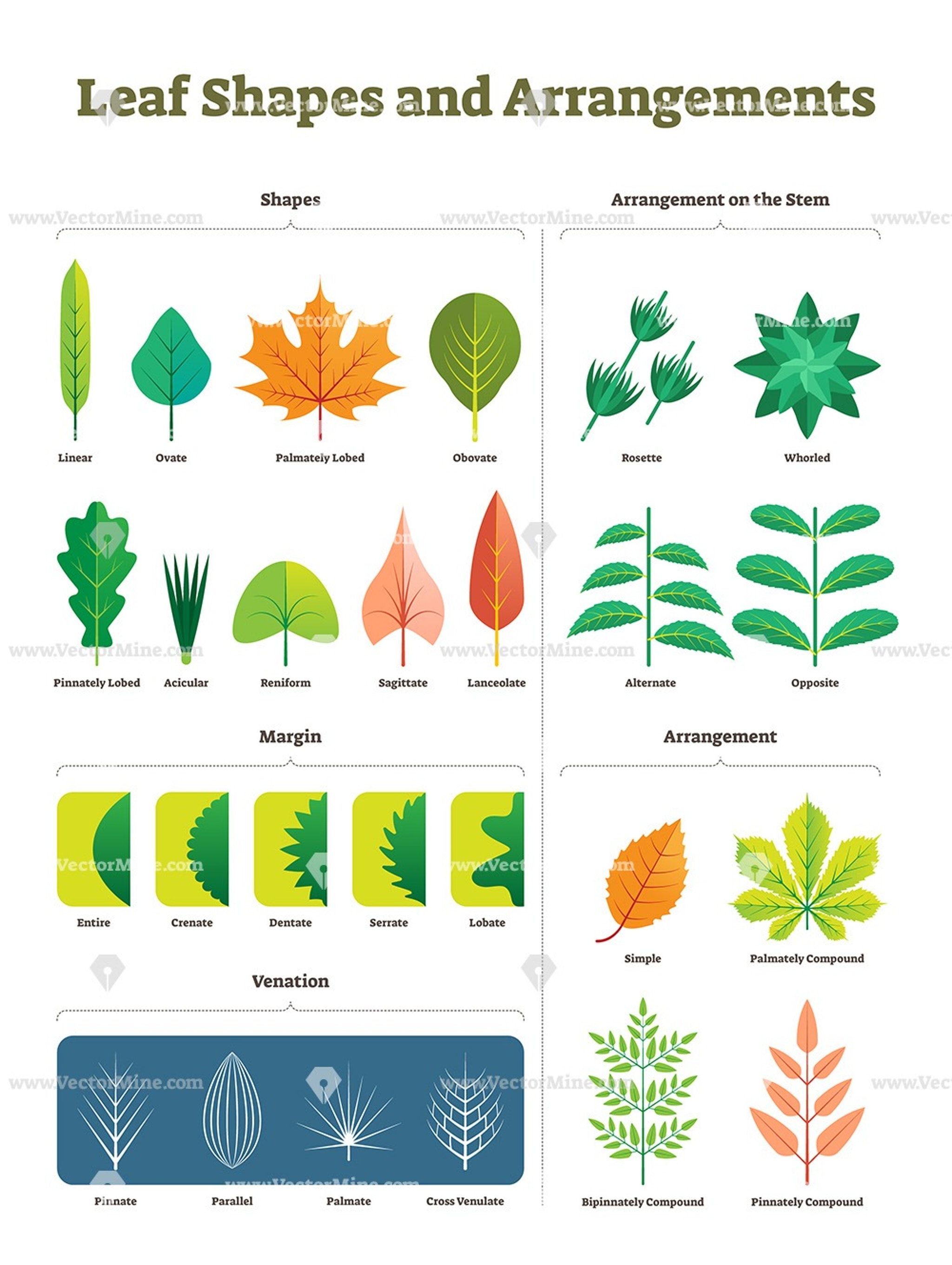Brachygastra mellifica
Mexican Honey Wasp
Introduction:
It is one of few wasp species that produces honey. It is also considered a delicacy in some cultures in Mexico. This wasp species is of use to humans because it can be used to control pest species and to pollinate avocados. Workers and males share the same coloration. They both have alternating abdominal bands of yellow and black. Queens characteristically have a dark reddish-brown abdominal coloration. Queens can also be distinguished from workers due to the occurrence of sperm in the spermathecae of the queens.
Life Cycle: Adult Mexican honey wasps can be observed foraging for food, often attracted to sweet substances like fruit or sugar water. They play a crucial role in the colony, with multiple queens potentially present in larger nests. The colony is maintained year-round, with honey production and storage for feeding the entire colony, including through the winter.
Size 0.25-0.35 inches (7-9 mm)
Sexual Dimorphism: yes, females have stingers
Metamorphosis: complete (egg, larva, pupa, adult)




